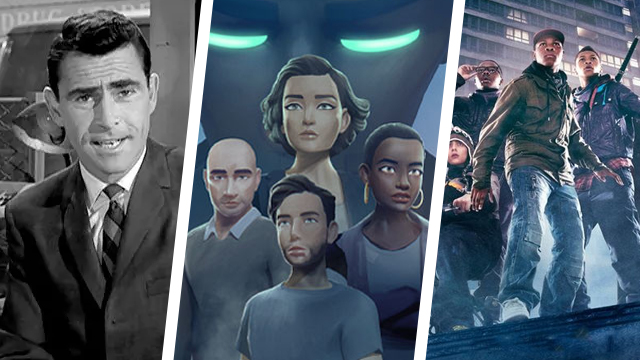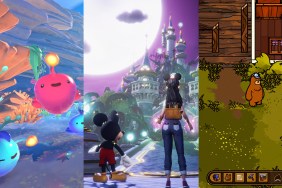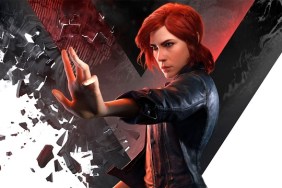Last Stop is shaping up to be quite an interesting narrative-focused adventure game, one that is a bit different from the developer’s previous title, Virginia. There are still kernels of that dialogue-free title in there, but it mainly pulls from other pieces of media like The Twilight Zone and sci-fi comedy Attack the Block. We recently…

Atlas is an action-rpg with rogue-like elements where you use your ability to control the ground to fight the enemies and move through procedurally generated worlds.










